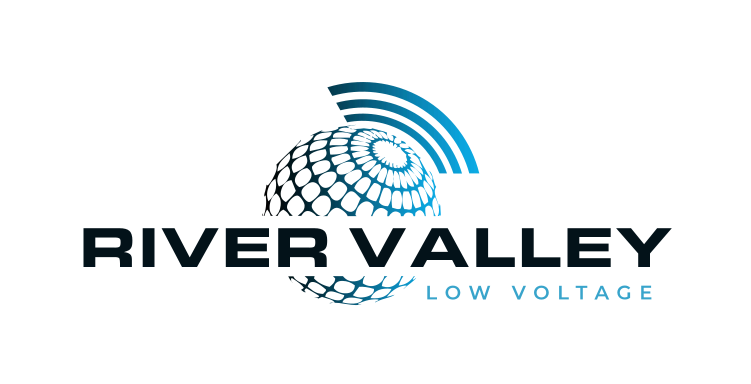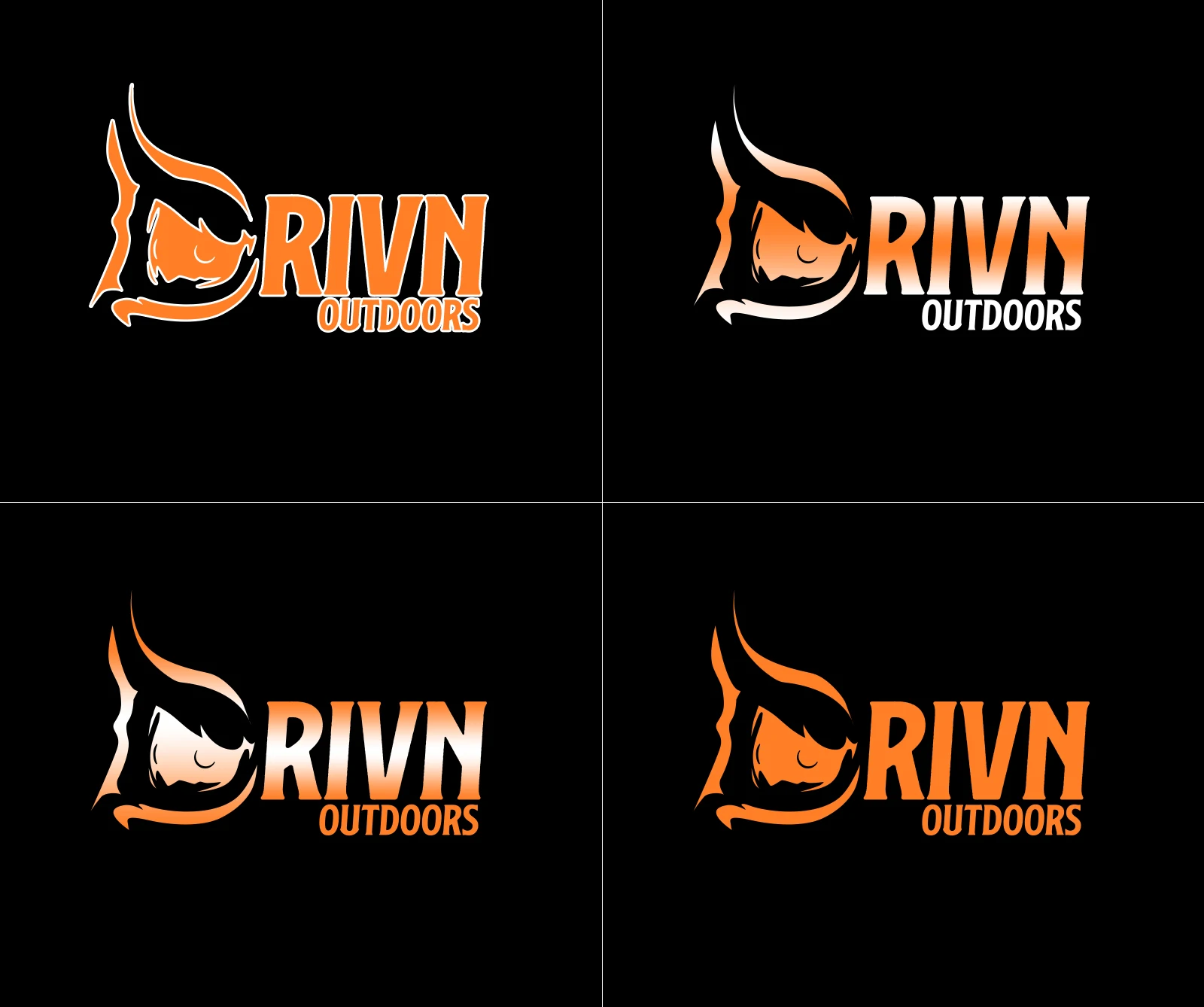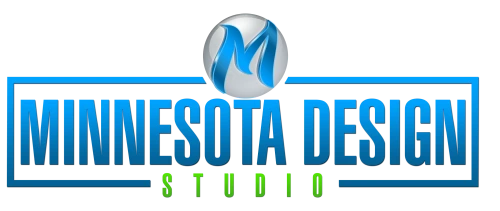 Getting Started: An Overview of Logo Design
Getting Started: An Overview of Logo Design
Definition of a logo
A logo is a visual symbol that represents a brand or organization. It can be composed of an image, typography, or a combination of both, and serves as the face of a company or product. A logo is an essential element of a brand’s identity and is often used on websites, business cards, marketing materials, and products.
Importance of logo design for businesses and organizations
The importance of logo design for businesses and organizations cannot be overstated. A well-designed logo can help establish brand recognition and differentiate a company from its competitors. A logo acts as a visual representation of a company’s values, mission, and vision, and can evoke emotions and create a memorable impression in the minds of consumers. A logo also helps to build trust and credibility with customers, as it symbolizes the professionalism and reliability of a business.
A well-designed logo can also help increase brand recognition and recall. A strong and distinctive logo will stick in the minds of consumers, making it easier for them to remember the brand and its products. This can lead to increased sales and customer loyalty over time.
In addition, a logo can communicate the essence of a brand to consumers in a simple, straightforward manner. A logo should be designed to reflect the personality of a brand and to appeal to its target audience. It should be easily recognizable, even when it is scaled down or printed in monochrome.
 Elements of a Good Logo Design
Elements of a Good Logo Design
Simplicity
Simplicity is a crucial element of good logo design. A simple logo is easy to recognize and remember, and it can be reproduced in various forms, including small sizes or on different mediums. A simple logo is often more impactful and memorable than a complex one, as it requires less cognitive effort to process. A logo should communicate the brand’s message without distracting the viewer with unnecessary details.
Relevance
Relevance is another important aspect of a good logo design. A logo should be relevant to the brand or organization it represents, and it should reflect the values, mission, and vision of the company. A logo that is not relevant to the brand can confuse or mislead consumers, and it can hurt the brand’s image.
Flexibility
Flexibility is key to the longevity of a logo. A logo should be versatile enough to be used in various contexts, such as on websites, business cards, marketing materials, and products. It should be able to be scaled down or up, printed in monochrome or color, and still be recognizable and effective.
Timelessness
A good logo should have timeless appeal, so that it does not look dated or become irrelevant as time goes on. A timeless logo should not follow trends or be tied to a specific moment in time. Instead, it should be designed with longevity in mind, so that it remains relevant and effective for years to come.
Uniqueness
Uniqueness is an important factor in a good logo design, as it helps to differentiate a brand from its competitors. A logo should be distinct and original, so that it stands out and creates a memorable impression. A logo that is too similar to another logo can be confused with that brand and hurt the brand’s image.
 The Design Process
The Design Process
A logo is an important part of a company or organization’s brand identity, and the process of creating a logo should be approached with care and consideration. A successful logo design requires a thorough design process, which typically includes four stages: research, concept development, refinement, and presentation.
Research
The first step in the design process is research. This stage involves gathering information about the company or organization, its target audience, and the market in which it operates. This research can be in the form of surveys, questionnaires, and in-depth interviews with stakeholders. The purpose of research is to understand the client’s needs and objectives and to gather information that can be used to create a logo that meets their requirements.
Concept Development
Once research has been completed, the next stage is concept development. This stage involves taking the information gathered in the research phase and using it to generate ideas and concepts for the logo. Concept development is a creative process that requires imagination, creativity, and a deep understanding of the client’s needs and objectives. The designer may create several different concepts and present them to the client for review and feedback.
Refinement
After the concepts have been presented, the next stage is refinement. During this stage, the designer will refine the chosen concept based on the client’s feedback and requirements. Refinement may involve making changes to the colors, typography, or imagery used in the logo, or adjusting the overall design to better meet the client’s needs.
Presentation
The final stage in the design process is presentation. This stage involves presenting the final logo design to the client for approval. The presentation should include a detailed explanation of the design process, the reasoning behind the design choices, and how the logo fits with the company or organization’s brand identity. The designer should be prepared to answer any questions or concerns that the client may have and make any final revisions if necessary.
Common Logo Design Mistakes to Avoid
A logo is a visual representation of a brand, serving as the cornerstone of a company’s visual identity. The design process of a logo is crucial, as it needs to effectively communicate the brand’s values, mission, and message to the target audience. However, not all logo designs are created equal, and certain common mistakes can significantly affect the impact and effectiveness of a logo. To ensure a successful logo design, it is important to avoid these common mistakes.
Copying existing logos
Copying existing logos is a mistake that is all too common in the world of logo design. Copying someone else’s logo not only goes against the ethics of design but can also lead to legal issues. Additionally, copying an existing logo fails to capture the uniqueness of the brand, which is crucial for building a strong brand identity.
Overcomplicating the design
Overcomplicating the design is another common mistake that businesses and organizations make. A logo should be simple and memorable, making it easy for people to recognize and recall the brand. Overcomplicating the design can make it difficult for people to remember the logo, resulting in reduced brand recognition.
Using too many colors
Using too many colors is a mistake that businesses often make when designing logos. Using too many colors can make a logo look cluttered, overwhelming, and distracting. Furthermore, a logo with too many colors can be difficult to reproduce in different mediums and applications.
Not considering the intended usage and applications
Not considering the intended usage and applications is a mistake that businesses and organizations often make when designing logos. A logo should be designed with the intended usage and applications in mind, such as print, digital, and merchandise. This means considering the size, format, and color restrictions of the various mediums, as well as the readability and legibility of the logo.
 Trends in Logo Design
Trends in Logo Design
Logo design is an ever-evolving field, with new trends emerging every year. Understanding these trends can help businesses and organizations stay ahead of the curve and create logos that are both contemporary and eye-catching. Here are some of the most notable trends in logo design today.
Minimalism
Minimalist logos are characterized by their simplicity and clean lines. This trend emphasizes the power of negative space and the importance of using a limited color palette. By keeping things simple, minimalist logos are easy to recognize and remember. They also work well across all mediums and devices, making them ideal for use in the digital age.
Abstract shapes and symbols
Another popular trend in logo design is the use of abstract shapes and symbols. This trend involves creating logos that are more symbolic than literal. By using shapes that are open to interpretation, designers can create logos that are both memorable and versatile. This trend is particularly popular among startups and tech companies that are looking to create a strong visual identity.
Use of vibrant colors
Another trend in logo design is the use of vibrant colors. This trend is all about making logos that are bold, eye-catching, and memorable. The use of bright colors helps logos stand out and grab the attention of potential customers. This trend is particularly popular among companies that are looking to create a fun and playful brand image.
3D and gradient effects
Finally, another trend in logo design is the use of 3D and gradient effects. This trend is all about adding depth and dimension to logos, making them look more dynamic and engaging. The use of gradient effects can also help to create a sense of movement and energy, making logos look more alive. This trend is particularly popular among companies that are looking to create a modern and cutting-edge visual identity.
Recap of Key Points
In the world of business and organizations, the importance of a logo cannot be overstated. A logo is often the first visual representation a potential customer has of a company, and it is crucial for it to make a positive impact. A good logo is simple, relevant, flexible, timeless, and unique, and these elements should all be taken into consideration during the design process. The design process itself should include research, concept development, refinement, and presentation. Common mistakes to avoid include copying existing logos, overcomplicating the design, using too many colors, and not considering the intended usage and applications. In terms of current trends, minimalism, abstract shapes and symbols, the use of vibrant colors, and 3D and gradient effects are popular in logo design.
Final Thoughts on the Significance of Logo Design
A well-designed logo is not just an attractive graphic, it represents the entire brand and encapsulates its values and mission. A logo can make or break a business, and it is essential to invest time and resources into creating a strong, memorable design. Logo design is not just about aesthetics, but also about communication and brand recognition. A well-designed logo should not only look good, but also effectively communicate the company’s message and stand out from the competition.
Encouragement to Seek Professional Help
Designing a logo is not a simple task and requires a certain level of expertise and experience. A professional design studio, such as Minnesota Design Studio, can provide valuable insight and guidance during the design process, ensuring that the final product is of the highest quality. If you’re looking for a professional Mankato website design company to help with your logo design, Minnesota Design Studio is an excellent choice. They have a team of experienced designers who are dedicated to creating logos that are not only aesthetically pleasing but also effectively communicate the company’s message and values.


